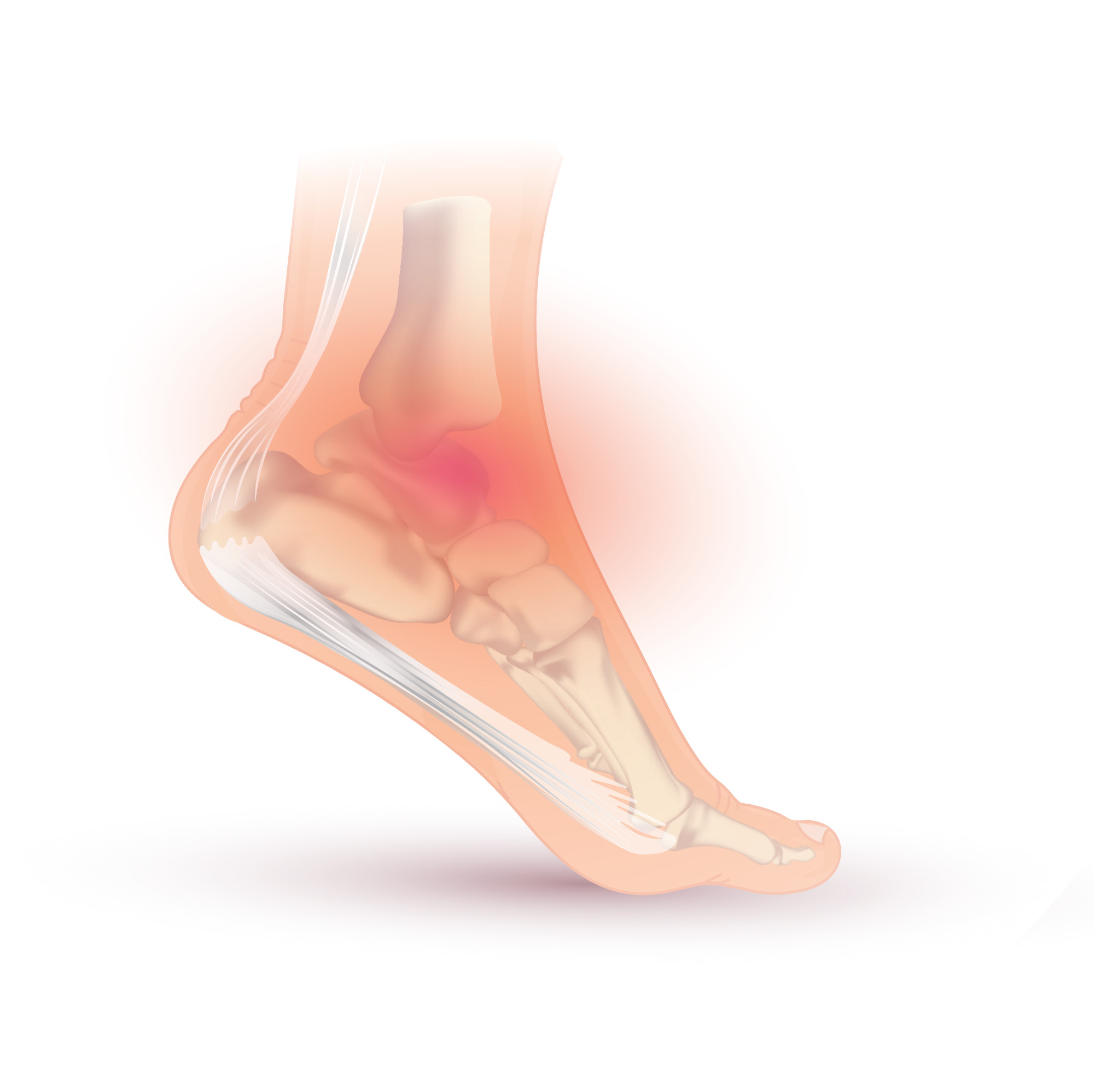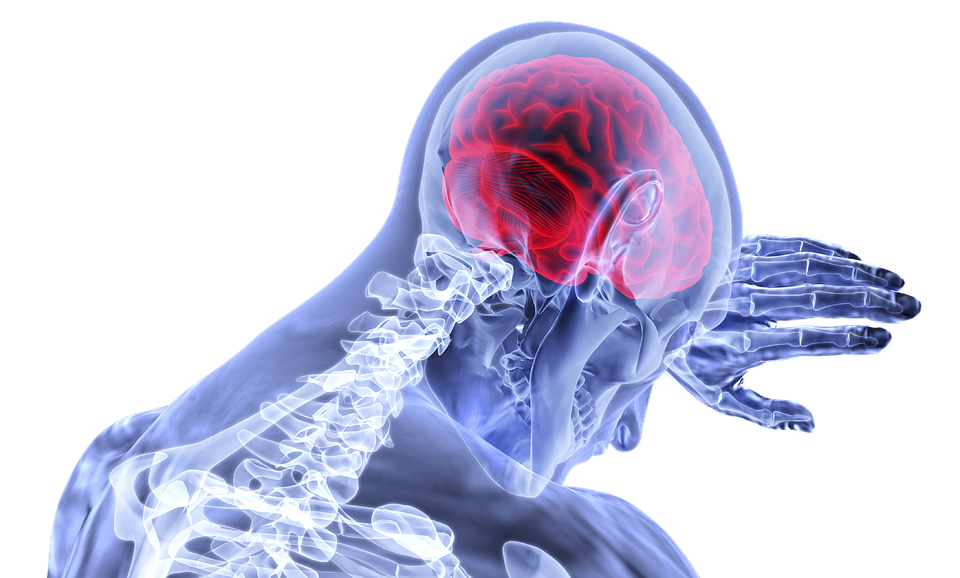From Cuts to Cancer
Inflammation is a widely known word often used to describe over-the-counter medicines, swelling, antioxidants, and cancer. What is not so known, is that inflammation is strongly linked to our body’s immune system, and thus is one of the reasons why it seems to have a hand and foot in many diseases ranging from a sprained ankle to Parkinson’s disease or cancer.
The Good and Bad
While simple scrapes, infections, and cancer may seem like very different things ranging from minor to life threatening, they have one thing in common: inflammation. The distinction comes when considering the length of time that inflammation is present. While I will talk more about this later, let’s consider that short-term inflammation is healthy and long-term inflammation is not.
Healing Properties
Inflammation is a natural response to a source of injury or infection in the body. Though the immune system is always activated to prevent the body from becoming infected, inflammation is the result of a complex cell signaling cascade. This is essentially like a game of dominoes where the first falling domino sets off a cascade of other falling dominoes. The immune system initiates this by sensing injury or infection and then recruiting the proper immune cells to target and repair the site.
Redness
If you have ever experienced a cut or a sprain, you may have noticed redness and warmth at the location of injury. What you may not see is the immune system at work: sensing an irritant and releasing inflammatory mediators such as “bradykinin” or “histamine.” These inflammatory mediators cause the small blood vessels to dilate, which in turn, allows for more blood to rush to the injured tissue. You might recall taking an antihistamine for an allergic reaction. One of the therapeutic benefits that they provide include blocking histamine receptors and therefore decreasing inflammation.
Pain
Additionally, these mediators affect local nerves causing pain signals to be sent to the brain. Though this may seem counterintuitive, this is a protective feature of the body. The more painful something is, the more likely you are to protect it from further damage. You might remember the pain associated with a sprained ankle, which prevents you from further injuring your ankle.
Swelling
In a similar way that inflammatory mediators increase blood flow to the site of injury or infection, excess fluid can be deposited in these tissues, causing swelling.
Nomenclature
Many short-term inflammatory diseases are named by their location in the body followed by the suffix “itis.” For example, dermatitis is a name for inflammation in the skin; bronchitis is inflammation localized in the bronchi of the lungs causing shortness of breath.
Harmful Properties
While inflammation can be a natural asset to the body, it can also become harmful. This is the case with long-term inflammation. A hot topic in research has been on inflammation’s link to many non-infectious diseases such as cancer. Ongoing, or chronic, inflammation has been linked to many of the stages of tumor growth from initiation to metastasis. This all begins with inflammatory mediators, as mentioned above, that produce high levels of reactive oxygen species which can cause damage to DNA at the cellular level and lead to structural changes. These structural changes affect gene expression promoting the growth and spread of cancer cells.
A New Way to Study Disease
While more research is connecting long-term inflammation to the growth and spread of diseases, this is opening doors for new therapies to be designed that target inflammation. This is especially interesting to me since I have been working on designing a pro-drug that is activated by the uniquely high levels of reactive oxygen species for a potential treatment for neurodegenerative disease like Alzheimer’s and Parkinson’s disease.
– Joseph D. McEachon, Chemistry Major 2020



Recent Comments